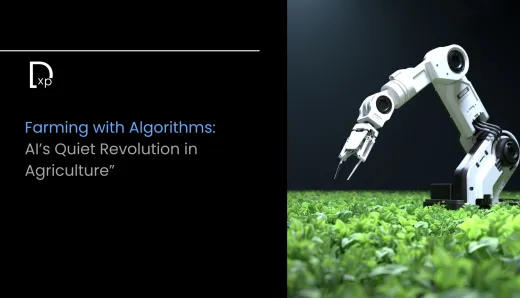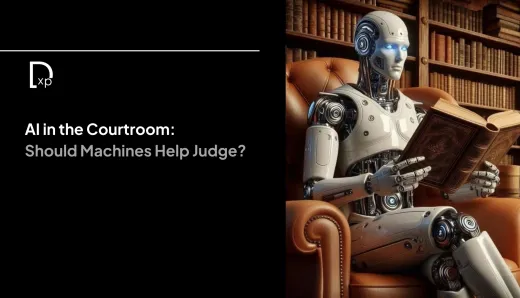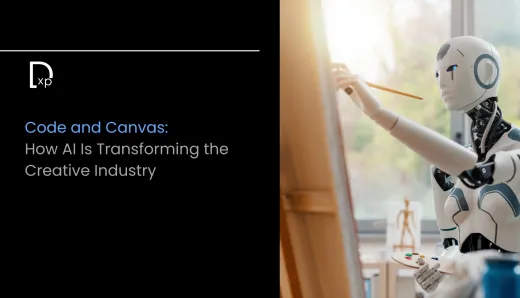AI as Your Next IT Colleague: Co-working With Code

Bylines blurred: When algorithms enter your IT team
At this very moment, artificial intelligence is not just knocking on the door of enterprise IT, it’s already sitting at the desk beside your best software engineer. From Silicon Valley to the Fortune 50, the transformation isn’t looming in the distance; it’s happening during your Monday morning sprint review. And the critical question for CXOs isn’t if AI will join your IT teams, it’s how you will lead once it does.
For decades, technology leaders have talked about digital transformation. But the latest shift isn’t merely about tools or automation. It’s about collaboration with a non-human colleague that writes, debugs, and even optimizes code at scale. This is not science fiction; it’s the future of IT operations, software development, and decision-making. The challenge and opportunity for leaders is to reimagine organizational models where humans and machines don’t just coexist but create a synergy that redefines productivity.
From automation to augmentation
Let’s clear the air: AI isn’t coming for jobs; it’s coming for tasks. Repetitive troubleshooting, legacy code maintenance, test case generation, and even first drafts of product documentation; AI excels here. But it does so not in isolation. These capabilities supercharge the human team. Picture an AI co-pilot that suggests better architecture, flags security gaps, or refactors code during development. It's not just about saving time; it's about surfacing insights engineers didn’t even know to look for.
The smart CXO sees the evolution not as a threat to the workforce, but as an augmentation of it. Developers are no longer craftsmen tethered to syntax but conductors of vast, intelligent systems. Your AI colleague isn’t replacing your devs; it’s expanding their creative bandwidth.
The cultural shift of co-working with code
Here’s the paradox: the most significant challenge with AI integration isn’t technical. It’s cultural. Teams that are used to measuring productivity by hours and lines of code need a new compass. How do you quantify the impact of an AI tool that preempts an outage or suggests a leapfrog feature your team hadn’t envisioned?
Executives must reframe success metrics, rethink collaboration rituals, and retool incentives. Co-working with AI means navigating a landscape where creativity is distributed between human and machine. The new IT colleague won’t share coffee breaks or join Zoom calls, but it will quietly transform the tempo and texture of your entire tech stack.
Governance, trust, and the edge of ethics
But here’s where CXO leadership is truly non-negotiable: governance. As AI models embed deeper into workflows, questions of trust, bias, and decision traceability become boardroom concerns. Which model trained the AI that suggested your product pivot? Who is accountable when machine-generated code leads to a breach? In co-working with code, oversight isn't a checkbox; it’s a core pillar of digital leadership.
The top brass in Silicon Valley aren’t strangers to disruption, but this is a disruption that requires something different- maturity. Leaders must not only embrace the tools but also architect ethical frameworks, train teams for hybrid collaboration, and align AI’s growing role with the company’s broader mission.
Looking ahead: Strategy before speed
The temptation to adopt AI fast is real, especially with headlines promising tenfold productivity. But the winners in this new era won’t be the fastest adopters; they’ll be the most strategic integrators. Think of AI not as a race car, but as a co-pilot that can help you chart a better route.
The companies that thrive won’t just use AI, they’ll co-evolve with it. That means crafting technology strategies with AI in the room, hiring talent that can interrogate code and context, and cultivating cultures that recognize machines as meaningful contributors to business outcomes.
Because in the next phase of enterprise IT, the most transformative team member might not have a face, but it will absolutely have a voice.




